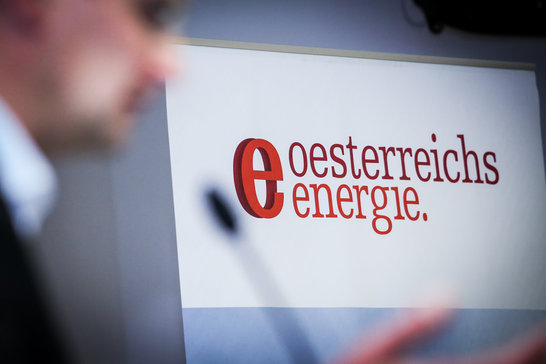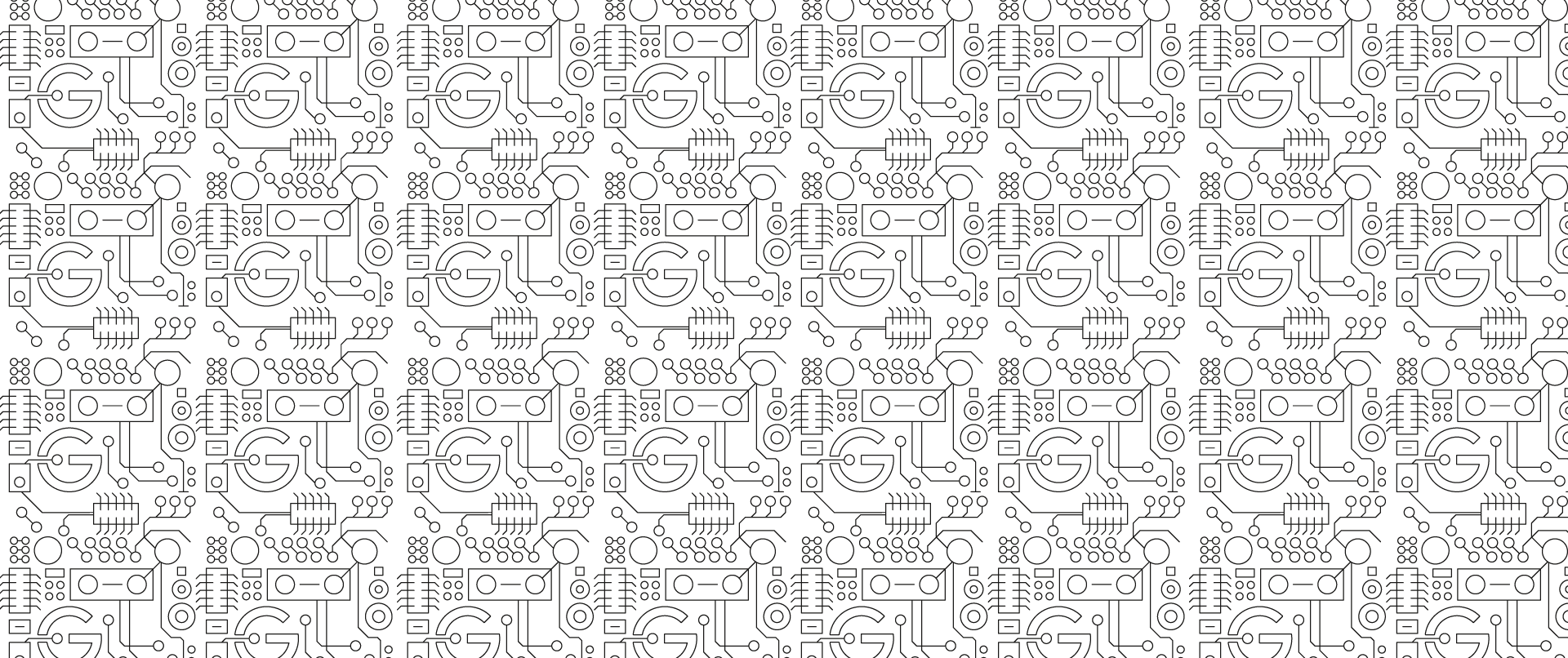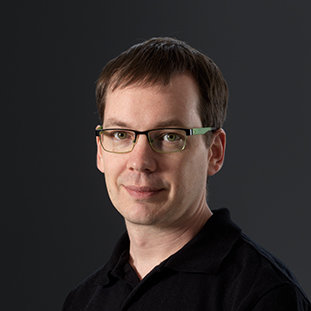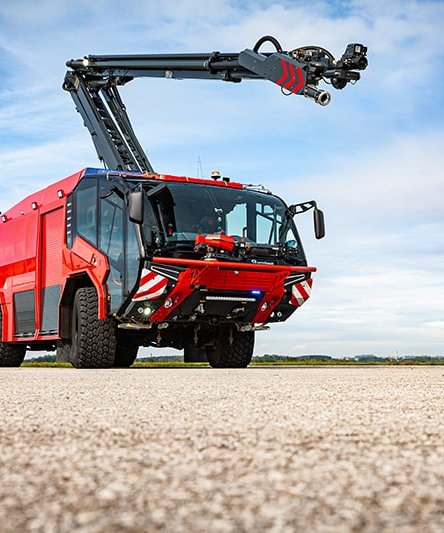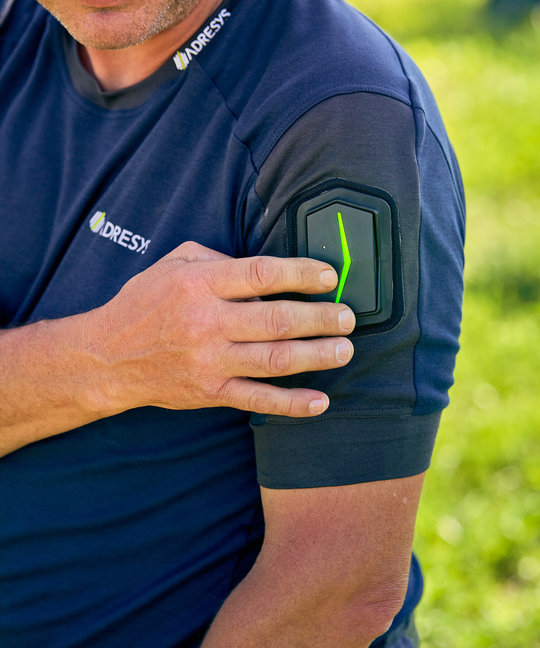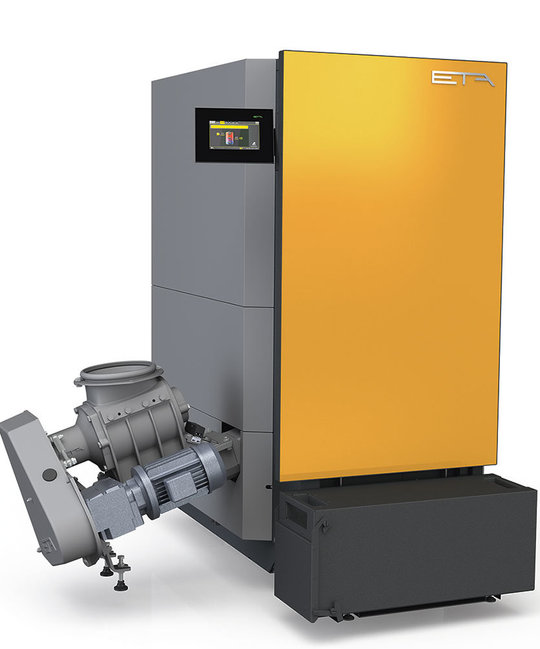Smart meter product diversity in Austria
How much electricity did I use today? How much did I feed into the grid and what did I earn? These are questions that owners of alternative energy generation systems are asking themselves - not least because of the current energy situation and rising living costs. The data measured by the smart meter is automatically sent to the grid operators via the power grid or mobile network. Until recently, these had smart meter models from seven different manufacturers in use.
If a data interface was programmed for one type of smart meter, it could happen that the data transfer did not work for another model. For end customers, it was not possible to use their data output from the smart meter for integration into their own smart home network, for example, due to different software protocols and physical interfaces.
Energy management in the home
Austria's electricity industry decided to have a uniform interface for smart meters developed, suitable for all smart meters in Austria. The contract for the development and the option for the subsequent production of the "smart meter adapter" was awarded to Ginzinger electronic systems GmbH. The smart meter adapter converts different interfaces of the respective smart meters into a single uniform and standardized interface in the direction of the customer's system.
It serves as a bridge between the user's private home network and the smart meter of the network provider. After installation in the meter box, the adapter is connected to the customer interface of the smart meter and configured. From this point on, it transmits the data 1:1 within seconds to a WLAN selected by the customer.
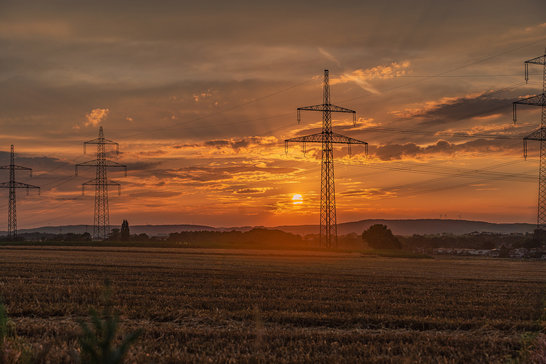
The adapter offers private users the simple option of recording their own current meter data and processing it for private purposes. End customers can visualize their energy consumption or the energy they feed into the grid in real time on site, for example via mobile devices, or subsequently integrate it into smart home applications.
In addition to recording and evaluating one's own energy data in one's own home (energy generation, power fed into the grid), it is also possible to fine-tune the control of photovoltaic systems or to record reactive power data. The data is exclusively read out locally to guarantee its security. Only the customer has access to the data.
"By establishing this hardware solution, which is unique in Austria, we are creating an important technical foundation on which innovative applications - such as energy management systems or home automation products - can be built in the future."
project start
The development project started in February 2021. Ginzinger was supported by his long-term partner X-Develop, an engineering company from Salzburg, which contributed its expertise in the field of energy management to the development of the electronics.
For the hardware for the smart meter adapter, the development team opted for a microcontroller based on an ESP32 microcontroller with its own web client. This makes it easy to retrieve the data locally, and both WLAN and microcontroller are combined in one system.
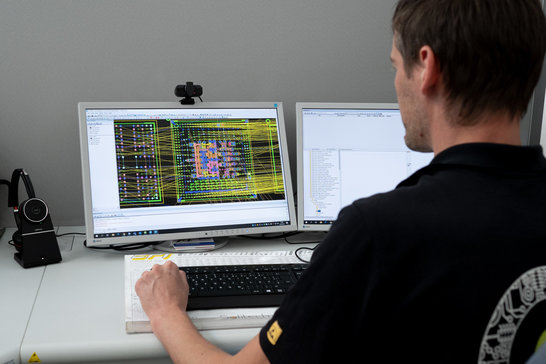
"Simplifying the large software and hardware diversity of the individual smart meters was not feasible on an embedded Linux device with application processor due to price sensitivity. The solution based on a microcontroller controller therefore turned out to be the optimal solution right from the start of development."
Simplification of the variety of variants
The challenge during development was to develop a cost-effective platform for all network operators that combines the different software and hardware interfaces. Since the individual interfaces vary depending on the type of smart meter, a modular concept was used for the hardware layout and special care was taken to get by with as few variants as possible. The board plug-in concept, consisting of a processor board and a smart meter-specific board, makes it possible to serve the entire Austrian market cost-effectively with a total of five variants.
Even though the development based on microcontroller control was not technically overly complex, there were a few more hurdles to overcome in standardizing the individual smart meters into one adapter. For example, power supply was only possible via USB-C for some meter types.
Software and data security
The data for the smart meter users is displayed in a clear user interface for browsers. For easy use in home automation solutions, the data is made available via a REST API, Modbus TCP or via an MQTT protocol in JSON format. In the test run, all Austrian smart meters were put into operation at the same time during development so that each new software release could be automatically uploaded and individually tested with each smart meter. Security was an important part of the development from the very beginning.
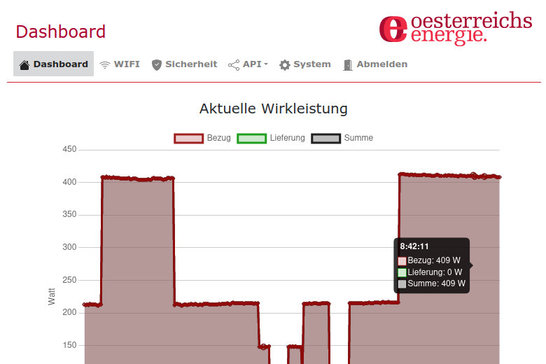
"A concept with signed updates was implemented to ensure that only the company's own firmware could be installed. In addition, penetration tests were carried out with a partner to be able to really guarantee the required security."
Free choice in production
In mid-2023, the Austrian electricity industry released the initial production of 11,000 smart meter adapters at Ginzinger electronic systems. This initial quantity will then be distributed to the network operators so that interested end customers can purchase the adapter directly from them. A special feature is that the Austrian electricity industry leaves it up to each electricity supply company to continue to have the smart meter adapter produced by Ginzinger electronic systems after receiving the first batch. Each member has the possibility to order it from other EMS service providers. The required development data can easily be acquired from Ginzinger electronic systems.
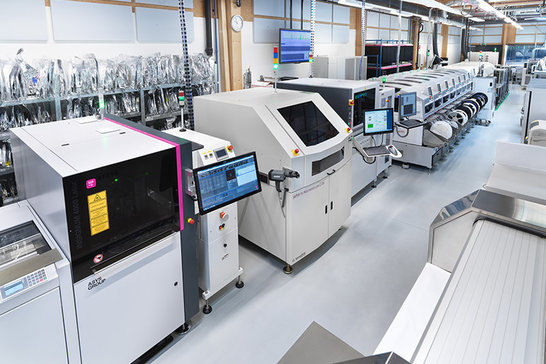
"We are very happy that we found an extremely competent partner for the implementation of our project idea in the company Ginzinger. We were very satisfied with the handling and can only recommend the company."
"Members are happy to receive production data from us in order to have production carried out at the competitor. We always rely on mutual trust and long-term relationships with our customers. That's why we're naturally delighted if club members continue to place their trust in our experience and expertise as a full-range supplier. Not least because we were able to handle the development of the adapter, including procurement of the components for the first batch, to the complete satisfaction of the Verein Österreichs E-Wirtschaft despite the ongoing component crisis."
Association Austria E-Economy
Since 1953, Austria's electricity industry has represented the jointly developed interests of the industry vis-à-vis politicians, administrators and the public and has been organized in the umbrella organization for around twenty years. About 140 member companies together employ about 17,000 people and generate about 90 percent of Austria's electricity - about 70 TWh per year. About 75 percent of this comes from renewable energy.
If you are interested in purchasing a smart meter adapter for your home, it is best to contact your energy provider directly. Further information: https://oesterreichsenergie.at/
